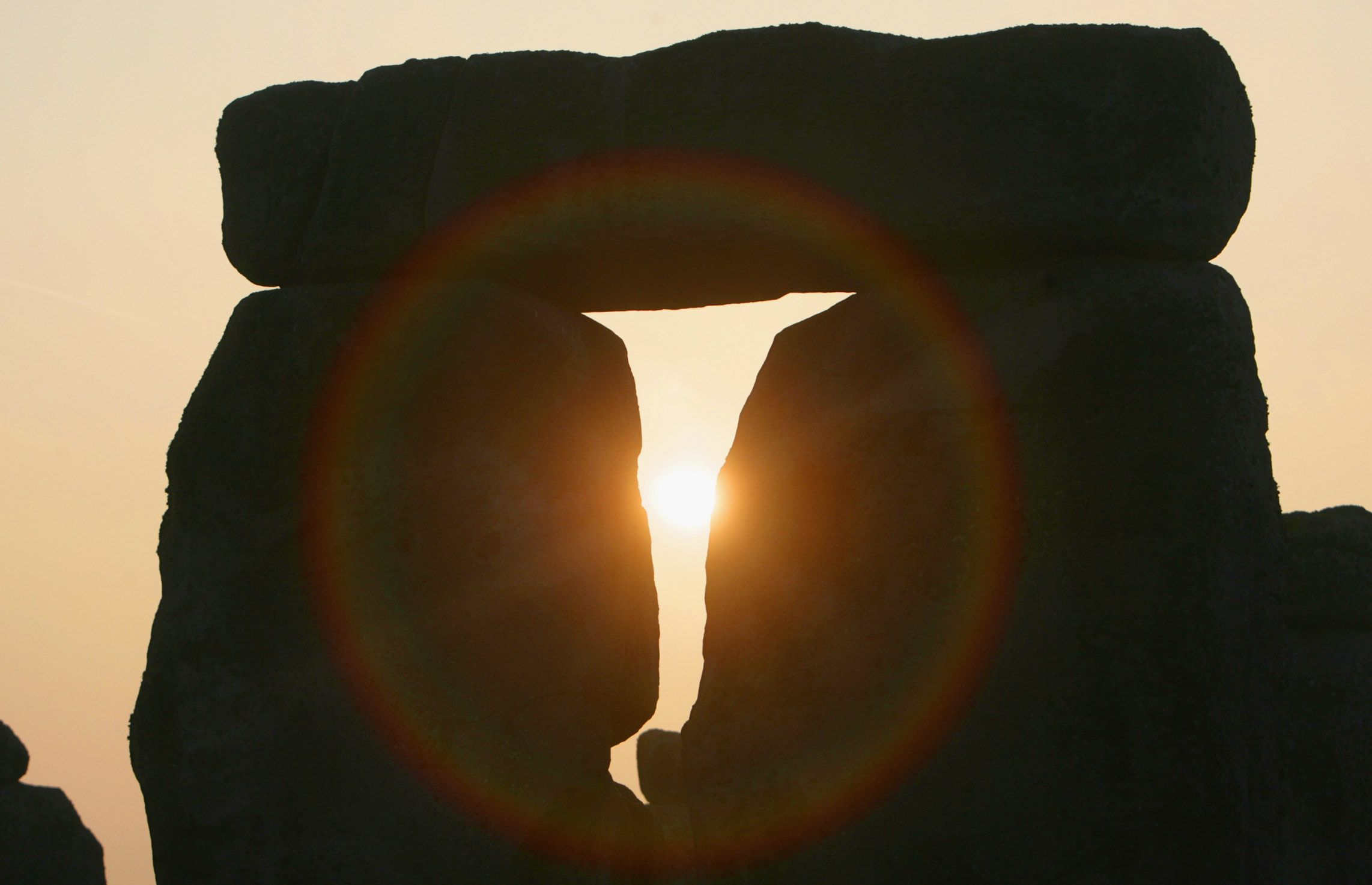
September 22 marks the 2017 fall equinox in the United States and the start of autumn across the northern hemisphere—at the same time in the southern hemisphere the vernal equinox marks the start of spring.
In theory the orientation of the earth towards the sun on the day of the equinox means across the planet we will experience a day and a night of equal length—equinox translates from Latin to mean 'equal night.'
Read more: As fall equinox approaches, was Stonehenge used to predict astronomical events?
As the Earth makes its orbit around the sun, the relative position of the northern and southern hemispheres change over the course of the year. This is the result of the changes to the planet's rotational axis which sits at an angle.
The biannual equinoxes occur when the plane of the equator passes the center of the sun.
At that point, usually around September 20 and March 20 every year, the tilt of the Earth's axis is, unlike its usual orientation, neither inclining away from or towards the sun.
During the equinox the subsolar point, the place directly below the center of the sun, is at the equator. Over the rest of the year the subsolar point will move northward at the September equinox making days longer in the northern hemisphere and shorter in the southern hemisphere.
The only points not to experience nearly 12 hours of day and 12 hours of night equally are the north and south poles where there will be a shift from permanent day to permanent night.
Because of discrepancies, 12 hours of day and 12 hours of night isn't exactly what happens, but it is close. This is a result of differences in the sunrises across the world. Sunrises occur when the crown of the sun rises over the eastern horizon. When that happens the center of the sun is still below the horizon. Also refractions in the sunlight mean people see the sunrise before they see the sun.
Across the planet, times of sunrise vary according to longitude and latitude, meaning the date when day and night are closest in length is different from place to place.
Modern and ancient cultures have different ways of celebrating the equinox. The Christian church replaced many early Pagan celebrations with Christianized versions.The Christian celebration closest to the fall equinox is Michaelmas, on September 29, and is mainly observed by the Catholic church.
The Moon Festival, is celebrated in Chinese and Vietnamese communities all over the world on the day of the Harvest Moon, which is the Full Moon closest to the September equinox.
Uncommon Knowledge
Newsweek is committed to challenging conventional wisdom and finding connections in the search for common ground.
Newsweek is committed to challenging conventional wisdom and finding connections in the search for common ground.
About the writer
Callum Paton is a staff writer at Newsweek specializing in North Africa and the Middle East. He has worked freelance ... Read more
To read how Newsweek uses AI as a newsroom tool, Click here.








